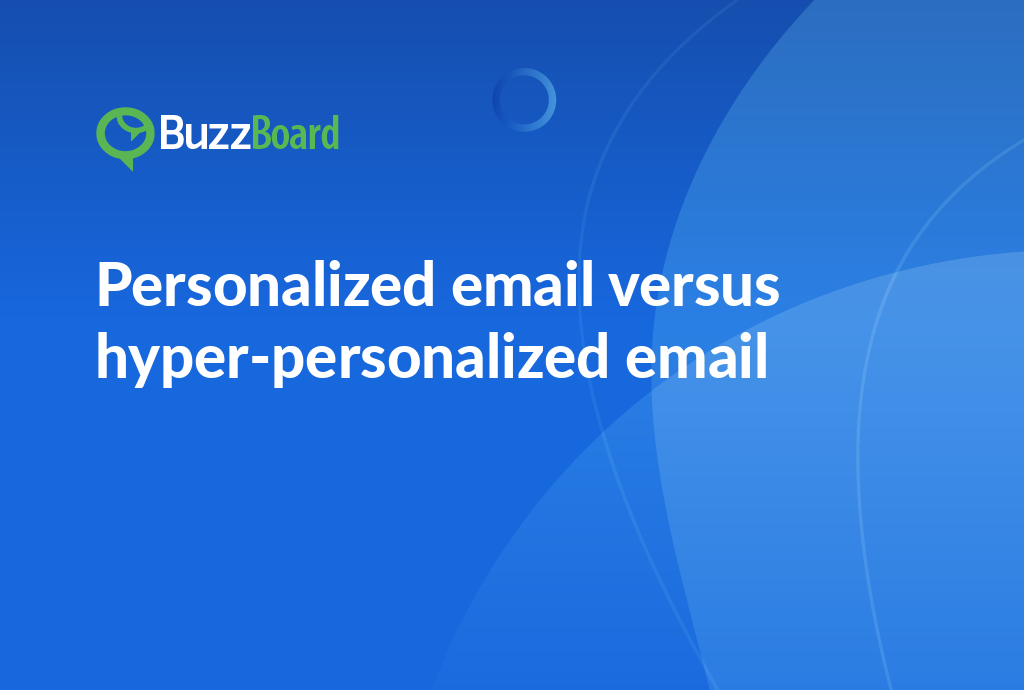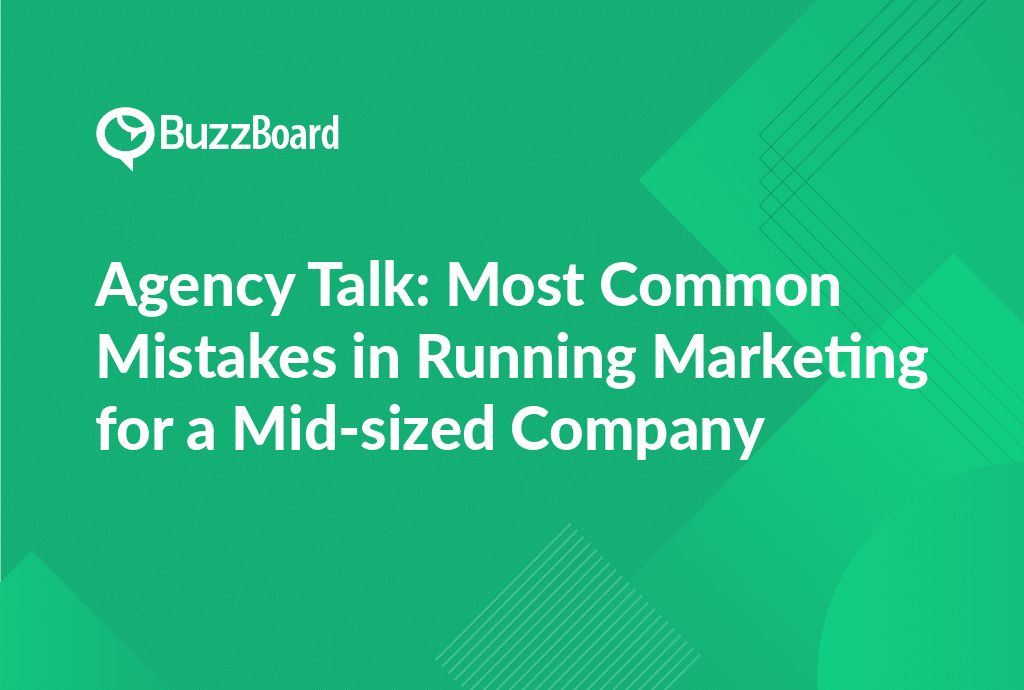What Exactly Are Attribution Models and Why Are They Essential for an Internet Marketing Agency?
The world of digital marketing is a data-driven battlefield. Discerning where to allocate resources and time can often feel like a guessing game. However, attribution models exist to dispel guesswork and offer much-needed clarity.
Attribution models are measurement techniques used to ascertain which touchpoints or interactions a consumer has with a brand before making a purchase. These models quantify the impact or value of each touchpoint, thus, enabling a more accurate evaluation of return on investment (ROI).
Consider a consumer who encounters a Facebook ad for a product, later searches for the product on Google, clicks on a pay-per-click (PPC) ad, and finally purchases the product after receiving an email promotion. An attribution model allows you to assign a specific value to each of these touchpoints based on their contribution to the final sale.
Numerous attribution models exist, each offering a unique approach to value assignment. There’s the First-Click model that attributes all credit to the initial touchpoint or the Last-Click model that assigns all credit to the final interaction. Other models, such as Linear, Time-Decay, or Positionally-based, spread credit differently across all touchpoints. Digital marketing agencies must select the most suitable attribution model based on their client’s audience’s specific needs and behaviors.
Accurate measurement of client acquisition campaigns is essential for digital marketing agencies. It’s crucial for generating insights, understanding which marketing strategies work and which don’t, and knowing when to make adjustments.
For digital marketing agencies targeting small businesses with their services, a correct application of attribution models offers a significant advantage. These models shed light on the effectiveness of marketing efforts by revealing direct correlations between investment and return.
When planning your next client acquisition campaign, remember the value of attribution models. They unlock a wealth of data and insights that could boost your agency’s success.
Understanding your attribution models puts you in control of your customers’ journeys. Gaining insights into their path is the first step to guiding more people down it.
The Role of Measurement Techniques in Developing Accurate ROI Evaluation in Client Acquisition Campaigns
As digital marketing agencies, we are always searching for the most effective methods to measure and validate our client acquisition campaigns. Among the most crucial techniques is the use of accurate ROI (Return on Investment) evaluations. It’s paramount to have a thorough understanding of measurement techniques’ role in ensuring the success of our marketing efforts.
Digital marketing is an ever-evolving field; hence, the significance of accurate ROI evaluations cannot be overstated. The primary purpose of this post is to examine the best attribution models for client acquisition campaigns operated by internet marketing agencies.
Attribution models have emerged as a powerful tool in achieving this. By assigning value to each touchpoint in a consumer’s journey, these models offer a clear image of which channels and strategies produce the best results. This leads to insight generation for better decision-making.
But how do you choose the best attribution model? Popular models include Last Click, First Click, Linear, Time Decay, and Position-Based.
The Last Click model credits the final touchpoint before the conversion, whereas the First Click model credits the initial interaction. The Linear model distributes credit equally among all touchpoints, the Time Decay model assigns more value to interactions closer to conversion. In contrast, the Position-Based model considers both the first and last interaction while also contemplating other touchpoints.
Choosing the correct model depends on your campaign’s nature and its specific goals. For example, the Time Decay model suits short campaigns expecting prompt results, while the Position-Based model may be more appropriate for longer funnel processes.
In the quest to create accurate ROI evaluations and select the right attribution model, we cannot underestimate the role of informed measurement techniques. These techniques assist in gathering and analyzing data about your marketing campaigns, optimizing strategies, and maximizing ROI.
Insight Into the Best Attribution Models for Internet Marketing Agency Client Acquisition Campaigns
In the fast-paced world of digital marketing, understanding attribution models is vital for any agency seeking to win new clients. This blog offers insights into the best attribution models for internet marketing agency client acquisition campaigns. Using the appropriate attribution model allows your agency to deliver accurate ROI evaluations, produce key insights, and significantly improve client acquisition strategies.
Ask any experienced digital marketer… attributing conversion to a single touchpoint in the diverse online landscape isn’t a true reflection of the user journey. Therefore, effective marketing attribution now demands multi-touch strategies. In simple terms, multi-touch attribution models allot conversion value across multiple touchpoints while enabling your agency to gain a comprehensive evaluation of a campaign’s ROI.
The best attribution model considerably depends on your campaign goals. If your agency’s aim is to nurture leads gradually, consider adopting the linear model. This model gives equal value to all touchpoints, making it ideal for campaigns focusing on brand awareness and recall.
Agencies that wish to identify and target the most influential touchpoints should consider the position-based or U-shaped model. This model attributes significant credit to the first interaction and conversion event, with the remaining credit allocated among other touchpoints.
As these models continue to evolve, it’s crucial for digital marketing agencies to use emerging technologies for robust data analytics and insight generation. By utilizing advanced measurement techniques, agencies can accurately trace client acquisition paths, leading to more comprehensive strategic plans and effective campaigns.
Remember: each campaign is unique. An attribution model that worked for one campaign might not succeed for another. Therefore, the secret to successful marketing attribution lies in constant experimentation and iteration. Be willing to revise your attribution model as new data comes in and fresh insights emerge. The pursuit of growth and success in digital marketing is an ongoing one.
As you work toward selecting the best attribution model for your internet marketing agency client acquisition campaigns, keep in mind that the ultimate goal is understanding how different touchpoints influence conversion. This understanding enables you to provide accurate ROI assessments and generate valuable insights, crucial to selling your services to small businesses.
Review the Significance of Insight Generation for Improving Acquisition Campaigns Outcomes Using Attribution Models
As digital marketing agencies, it’s crucial to demonstrate continuous value to your clients by delivering optimal outcomes. So, how can you proficiently exhibit the accurate Return on Investment (ROI) for the small businesses you’re helping to expand without a thorough understanding of marketing attribution models?
Attribution models are potent tools. They permit you to inspect consumer behavior paths and comprehend how these activities lead to the final conversion in client acquisition campaigns. Hence, it’s vital to grasp how the best attribution models for internet marketing agencies’ client acquisition campaigns can steer your insights generation.
These insights generated from attribution models assist in enhancing your campaigns. It involves measuring techniques and then making precise assessments of ROI for your clients. By applying various attribution models, you assign value to each touchpoint based on its contribution to the concluding conversion. The two primary forms of marketing attribution typically employed are the single-touch models, which credit one touchpoint, and multi-touch models, which apportion the credit among several touchpoints.
Consequently, you identify the channels that drive most conversions and adjust your strategy accordingly, aiding in optimizing your client acquisition campaigns. Besides streamlining selling strategies, this data also equips your team with significant insights into customer behaviors and tendencies.
In summary, understanding attribution models is essential for digital marketing agencies. They provide a comprehensive view of your marketing endeavors, allowing you to fine-tune your strategies, assure better returns, and, ultimately, offer superior value to your small business clients.
A Deep Dive Into Different Marketing Attributions and Their Usability in Client Acquisition Campaigns
Attraction, engagement, conversion, retention—these are the four critical steps in the customer journey. These steps underpin the most effective attribution models for any Internet marketing agency’s client acquisition campaigns. But what are these models? And how can they benefit from accurate ROI evaluation and marketing attribution? Let’s delve deeper into these vital measurement techniques and their application in driving successful client acquisition campaigns.
The Single Touch Attribution model is your first stop. This model assigns credit to either the first or last interaction point, making it ideal for small, straightforward campaigns.
Next, you have the Multi-Touch Attribution model, which credits multiple touchpoints along the customer journey. This model offers a broader perspective on your marketing efforts, which makes it excellent for lengthy, intricate campaigns.
Further into our exploration, we find the Linear Attribution model. This approach divides credit evenly amongst all touchpoints, providing a balanced perspective of the customer journey. Ideal for comprehensive, holistic campaigns, this model works best when all touchpoints are of equal significance.
Lastly, we reach the Data-Driven Attribution model, the most advanced of all the models. This technique uses algorithmic models to analyze vast amounts of data and predict which channels will yield the best results. It’s highly effective at generating actionable insights for campaigns that involve substantial interactions and numerous touchpoints.
When selecting the best model for your digital marketing agency, consider your campaign’s nature, your budgetary constraints, and your clients’ specific needs. Remember, the best model may not always be the most complex or expensive. Instead, it’s the one that generates the most valuable insights for your unique circumstances.
Digital marketing agencies must understand and efficiently utilize these marketing attribution models to cater to their clients’ individual needs, thereby securing successful client acquisition campaigns. By conveying the pros and cons of each model, agencies can make a compelling case for their services to small businesses.
Remember, exploring attribution models isn’t merely a technical exercise, it offers vital insights into your marketing efforts, directly influencing client acquisition. Embrace these attribution models, your clients will undoubtedly appreciate it.









